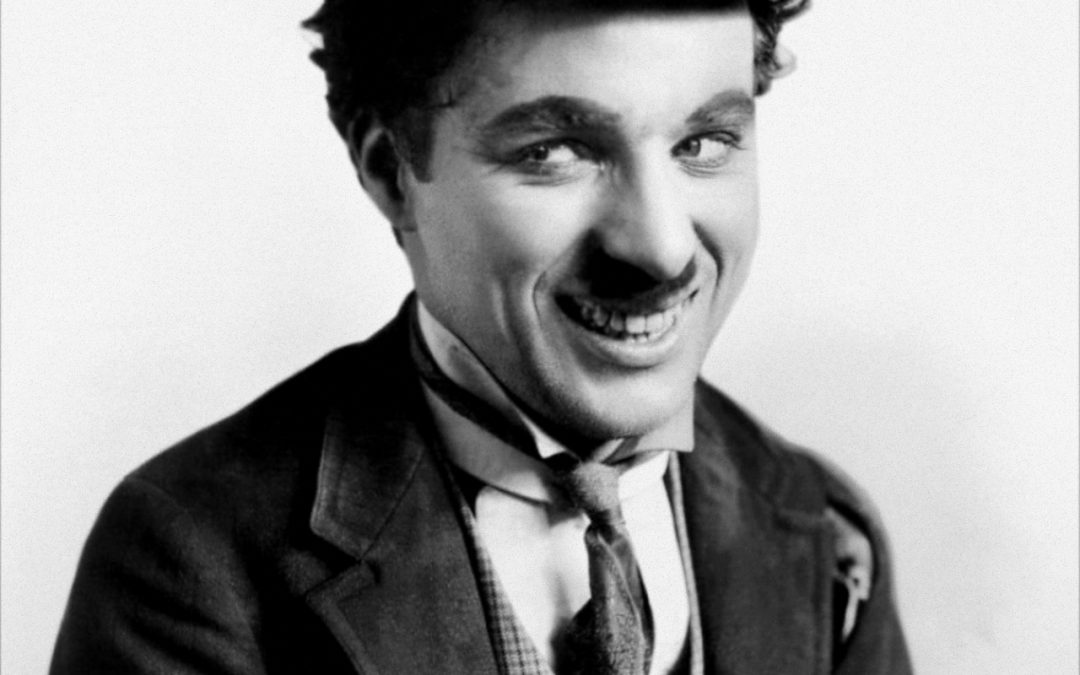Some characters in the world of cinema are often confused with the actor or actress who played them. This is due not only to the talent of the artists in question, but also to their influence upon the medium. These characters come to form part of the popular imagination.
Such is the case with the Tramp, the ingenuous vagabond created by Charlie Chaplin. He is a clumsy character who hides his misery behind gentlemanly behavior, giving rise to situations both paradoxical and funny. The Tramp is one of the most memorable characters of silent film and an icon of the screen who, more than a century later, is still recognized and loved.
In addition to actor and comedian, Chaplin was also musician, film director, producer, writer and screenwriter. He was responsible for many aspects of the films he made, from the music to the scenography, which is especially admirable considering that he never had any formal training in that regard.
He came from a family of street performers, from a very humble and unstructured background and, like some of the children in his films, he worked various jobs as a delivery boy, a mime, often having to wander to survive. His early experiences of the harshness of life on the streets undoubtedly influenced his cinema, in which the humblest characters act as the heroes.
His humble beginnings as a street artist and music hall performer did not prevent him from achieving overwhelming success in the cinema. This is our bit of audiovisual heritage for today: Charlie Chaplin’s film debut. The film has been restored, colored, and digitized by the Vancouver Library. In it, a 24-year-old Chaplin plays his famous character. It dates to January 10, 1914, and in addition to marking the first appearance of one of history’s most famous actors, it is also an opportunity to learn about the early days of moviemaking.
Link of the video: Charlie Chaplin debuts the Tramp: 1914 Ai Enhanced Film

Zuriñe Piña Landaburu
Content Editor, Archivoz Magazine
Translation by: Vance Wood



